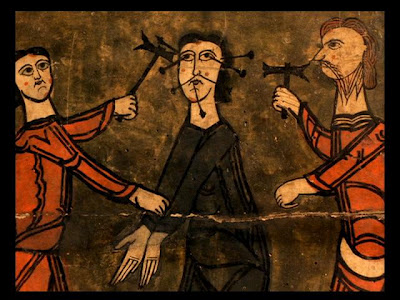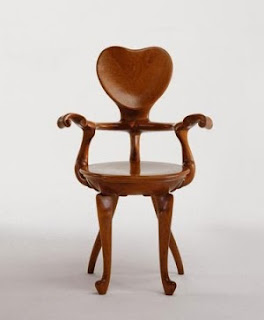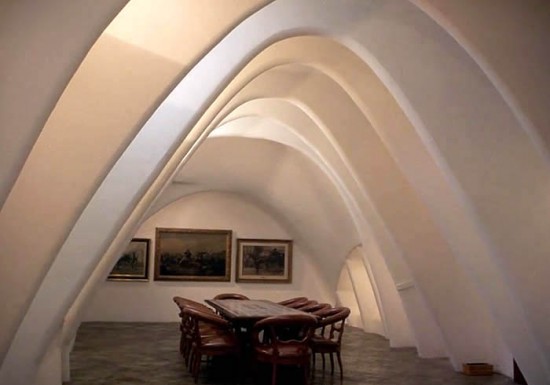Gaudi by Teshigahara
Antoni Gaudi Full film directed by Hiroshi Teshigahara
Gaudi Made Me Realize the Lines Between the Arts Are Insignificant – Hiroshi Teshigahara
<> <> <> <>  (via)
(via)
Gaudi not only had a profound impact on Teshigahara’s work, but it was Gaudi who planted the seed of a cross-disciplinary approach to the arts. “Gaudi worked beyond the borders of various arts,” said Teshigahara, “and made me feel that the world in which I was living still left a great many possibilities.”
Nature and landscape were of central importance to Hiroshi Teshigahara, even as a young boy. He was born in Tokyo, son of Sofu Teshigahara, founder and grand master of the Sogetsu School of ikebana. Sofu championed the idea of ikebana as an art form rather than a decorative craft, and he bucked tradition by including materials besides flowers in his work.
As Dore Ashton explains in an excellent essay on the Criterion website, when Hiroshi Teshigahara was a schoolboy, Japan’s cities were firebombed during the Second World War. He “returned to a landscape of bleak ruins.” Teshigahara’s generation “was charged with building a way to exist in the desperate circumstances they had inherited,” says Ashton. “Prominent survivors of the prewar avant-garde, who had spent all their youth in Paris, exhorted young artists to build a totally new culture, expunging all memory of the militaristic milieu of their childhood.”
Calvet Chair  Antoni Gaudi
Antoni Gaudi
“If any film could be described as an architectural symphony, it is Hiroshi Teshigahara’s 1984 movie ANTONIO GAUDI. Much of the imagery in GAUDI is nothing less than astounding in its beauty and boldness, and the blending of a neo-Gothic mysticism and grandeur with an Art Nouveau line and a surreal apprehension of the power of nature. The erotic connotations of much of the work are so blunt as to be almost shocking.”– Stephen Holden, The New York Times
Hiroshi Teshigahara -(Previous post – The Face of Another)
